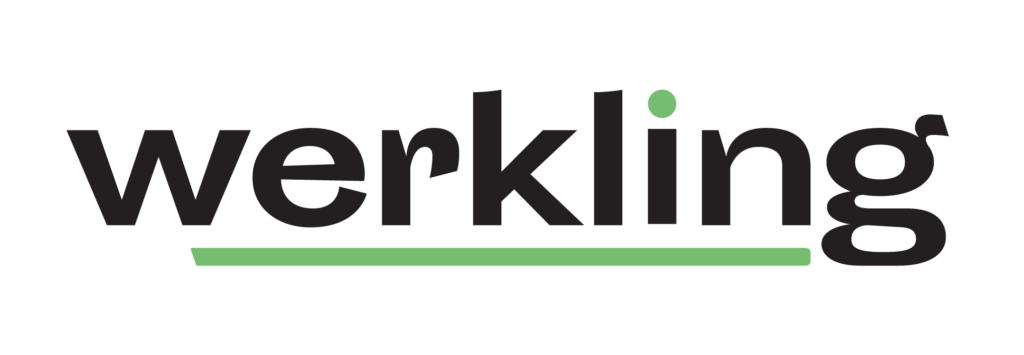In the face of ongoing technological, societal, and environmental shifts, it’s inevitable that both work and life will continue to undergo significant change and disruption. Our views on where the world of work is headed in 2024 are based on hundreds of conversations with leaders and talent, and are supported by a range of publicly available data points.
These are the three trends we expect to see in 2024.
If you would like to read our entire Werk Trends report, you can download the full version here.
Trend 1: Work-life strife
There has been no shortage of research around burnout and diminishing employee wellbeing, with most reports placing the rate of burnout at about 50%. But 2024 is the year to do something about it. This year will demand a more systemic approach to the reduction of burnout: less focus on individual wellness interventions and more focus on systemic solutions that create sustainable work models.
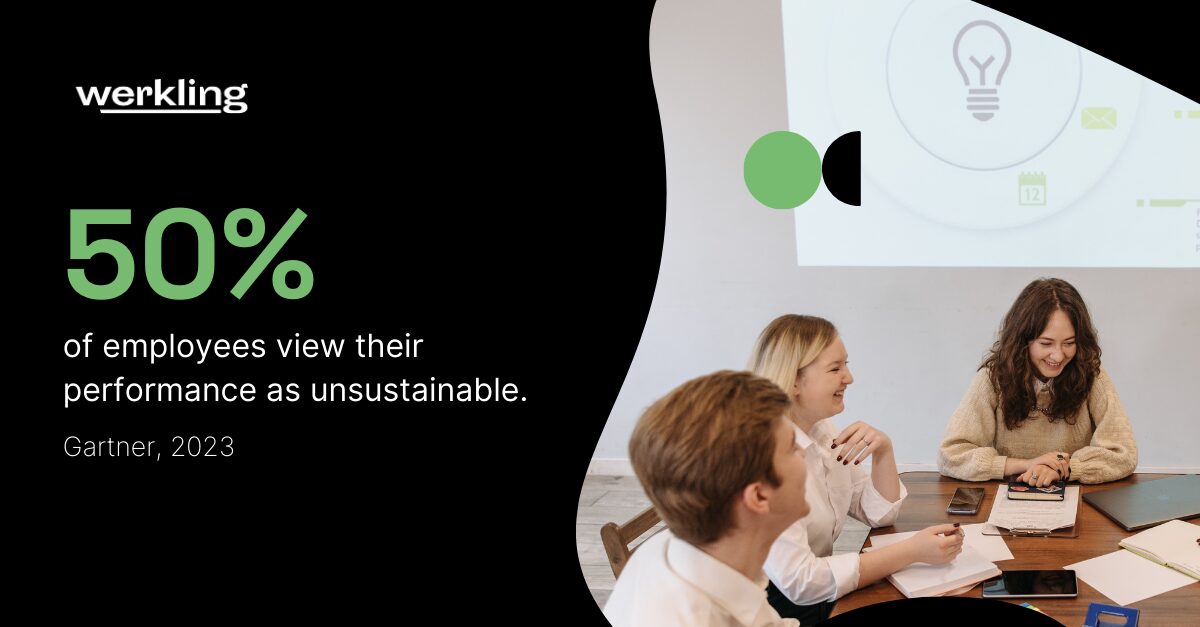
What does this mean for senior leaders?
- Sustainable work design:
Workload has been steadily increasing and nearly half of all employees view their current performance as unsustainable. In just the last year, 64% of employees reported that they were given additional job responsibilities. The way we are designing and resourcing work is simply not sustainable. In order to see a shift in talent wellbeing, leaders will need to ruthlessly prioritise work and flex their team around workload by drawing on on-demand and contingent talent.
- Cost of returning to the office:
While many organisations have embraced remote and hybrid work as the norm, some continue to mandate a return to the office. For employees who are already struggling to find the hours in the day to deliver their workload, a push to office-based work may prove to be the final straw. With only 26% of organisations reporting that their employees fully comply with on-site attendance requirements the financial, wellbeing, and lifestyle impact of full-time office work may force talent to opt-out.
- Acceleration of new work models: The rising demand for greater wellbeing and flexibility is prompting more professionals to transition from traditional employment to freelance and gig-based work. Highly skilled individuals want to design their lives and work differently, opting for portfolio careers where they collaborate with organisations to deliver projects and services. As the gig economy continues to transform various sectors, a number of reports estimates that 20% to 25% of employees are contemplating a move towards project-based work.
Questions to consider:
- How can we get better at ruthlessly prioritising work?
- When we start new work, are we intentional in what we ‘continue’ and firm in what we ‘stop’?
- How ready are we for new work models?
- When we need to quickly augment our workforce are we set up to access on-demand talent?
Trend 2: Manager momentum
In 2023, managers were more likely than non-managers to be disengaged, burnt out, and job hunting. None of this is surprising given leaders are juggling transformation agendas, talent shortages, and cost pressure. In 2024, there will be an awakening and an urgent push to set leaders up for success.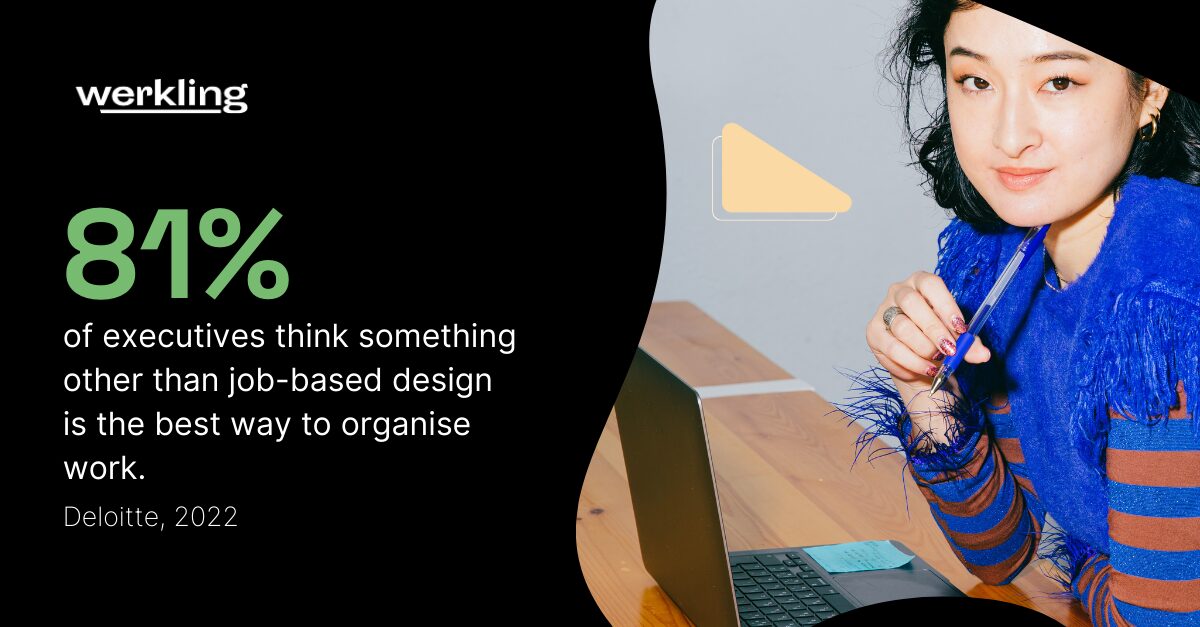
What does this mean for senior leaders?
- Remove red tape:
Talent scarcity is set to continue. More than a quarter of CEOs rank talent shortage as the top damaging factor to business outlook. In 2024, there is an urgent call for leaders to be empowered to deliver on what has been asked of them. The removal of bureaucratic processes and administrative inefficiencies that make talent access harder for leaders is critical. Leaders must be able to quickly mobilise talent around complex priorities.
- Buy, Build, Borrow, Bot model:
Resourcing strategies will become more holistic and comprise of core teams of employees, benches of highly skilled on-demand talent, and strong talent pipelines alongside bot and AI solutions. A shift away from job-based work design is on the cards with 81% of executives believing that something other than job-based design is the best way to organise work. In 2024, the focus will be on creating an agile, responsive and performance driven workforce where the static “job” becomes less relevant.
- Face the ripple effect:
Three-quarters of HR leaders say their managers are overwhelmed by the growth of their job responsibilities. Overwhelmed and overworked leaders cast a shadow through an organisation that can no longer be ignored. While leadership training has it’s place, relying on this as the solution assumes that a capability deficit is the lone root cause. As the pressure reaches breaking point, organisations will address other barriers such as strategic prioritisation, processes, talent strategies, and cultural norms.
Questions to consider:
- What impact do our talent processes have on the leader experience?
- What are the pain points and gaps in our talent processes and systems?
- How important are “jobs” for our organisation?
- How clear are we on the capabilities that we will Buy, Build, Borrow and Bot?
Trend 3: Ready or not, here AI comes!
Love it or hate it, embrace it or deny it, AI is here and is reshaping the way we work. And it’s not going anywhere in 2024. It is widely accepted that AI will redefine the work that we do, the skills that are needed from the human workforce, as well as the experience of the human workforce. While organisations used an average of 3.8 AI capabilities in 2022, double the 1.9 used in 2018, organisational readiness is varied.
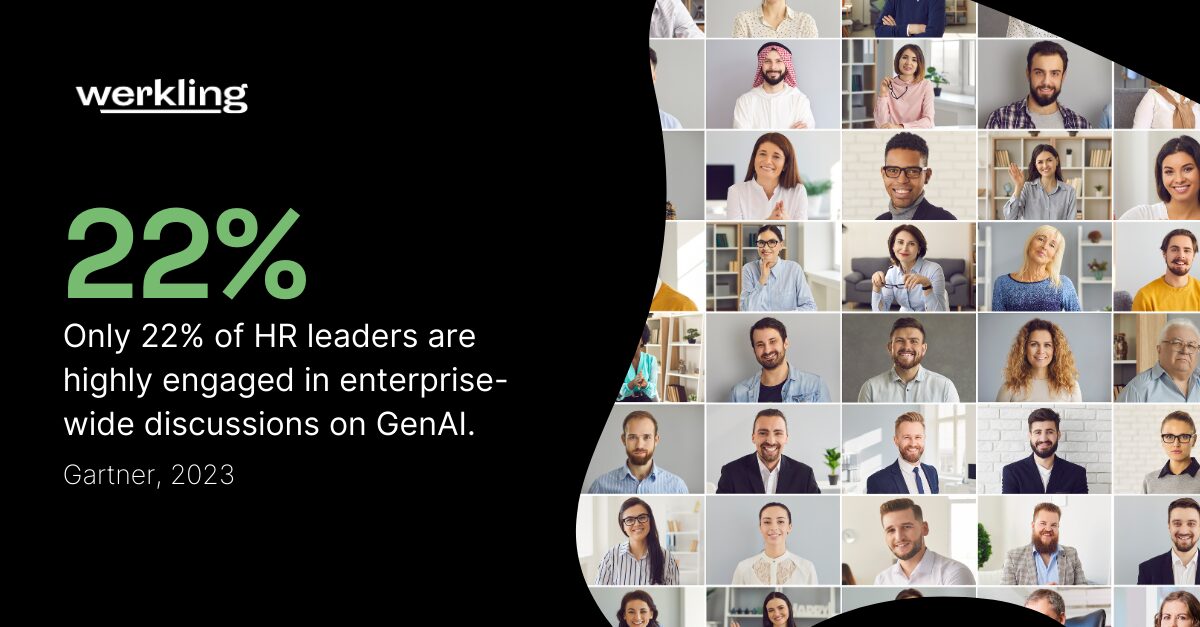
What does this mean for senior leaders?
- The role of AI in people strategy:
Only 22% of HR leaders are highly engaged in enterprise-wide discussions on GenAI. Cross-functional exploration around the people implications of AI will be a focus in the year ahead. The implementation of AI and new technologies in the people space must be informed by the strategy and be a part of an integrated plan. Afterall, research tells us that companies that have seen the biggest bottom-line returns from applied AI use AI as a clear enabler of their business strategy.
- Humanity meets technology:
While technological advancements come to market at a blistering pace, there is also a very real demand for human-centric experience design. Bringing the two together may just be where the magic lies. In 2024, organisations must keep their eye on the talent experience that is created by new technology and AI. Currently, only around 50% of employees trust their organisation and, where technology erodes the talent experience, this somber statistic will further plummet.
- Values-based partnerships:
Selecting the right partners and products has never been so critical. The benefits of getting it right is great. For example, organisations with strong people analytics solutions see an 80% increase in recruiting efficiency, a 25% rise in business productivity, and a 50% decrease in attrition rates. However, the risk and ethical considerations surrounding emerging technology and the cost of getting it wrong are significant, particularly in our shifting societal, environmental, and political landscape. Who you align yourself with matters.
Questions to consider:
- What capabilities can be best delivered through AI?
- How can AI enable our People strategy?
- How will new technology impact the employee and leader experience?
- How do we assess potential partnerships in terms of our core values?
How Werkling can help you get in front in 2024
The trends shaping work in 2024 demand a holistic approach from leaders, focusing on sustainability, empowerment, and adaptation to technological advancements. As we navigate these changes, it’s crucial to prioritise the wellbeing and flexibility of talent while embracing the transformative potential of AI and new work models. Werkling can help.
➡️ If you would like to explore work trends with a member of the Werkling team, book a time with a team member here.
➡️ You can access exceptional on-demand talent to deliver on your immediate project needs by briefing a gig here.
➡️ Reimagine work design & your talent strategy by piloting a new work model and set leaders up to access benches of on-demand talent here.
If you would like a copy of our Werk Trends report, you can download the PDF version here.
